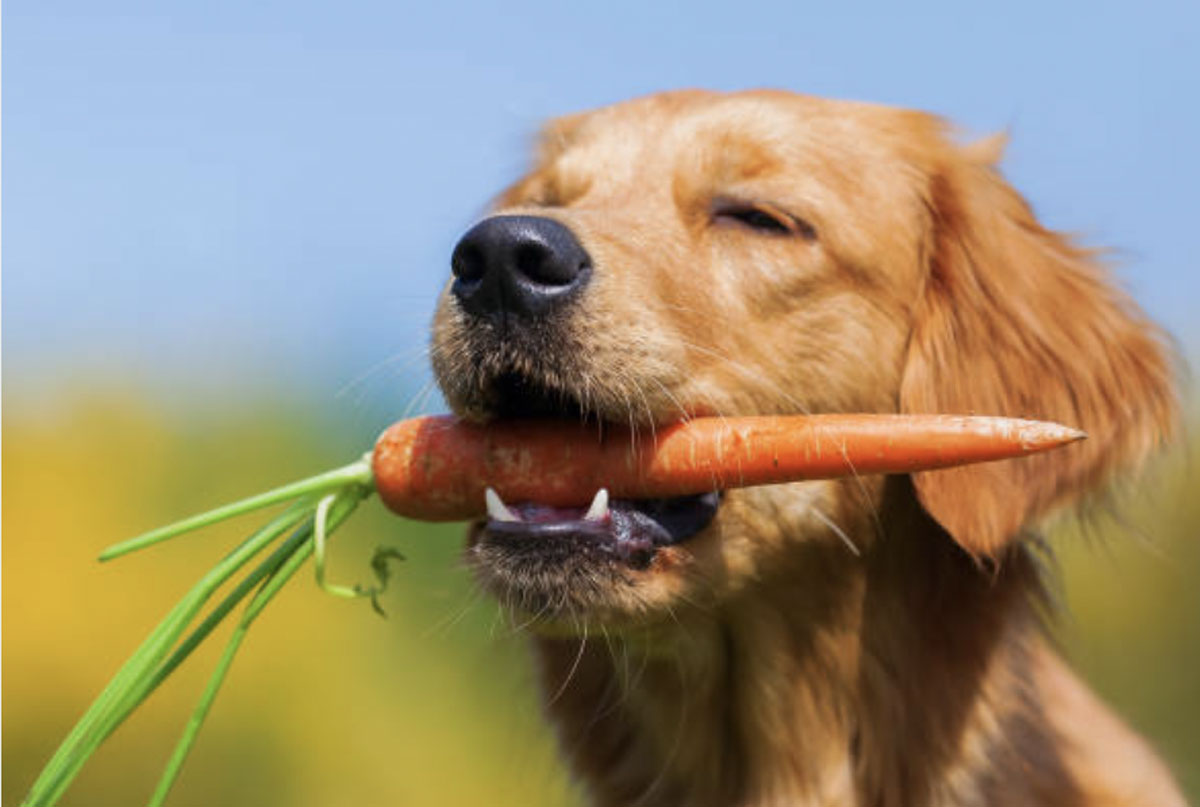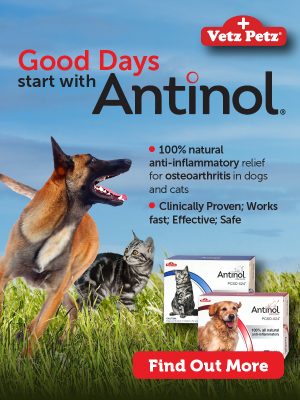Source: Istock
One of the most debated topics in the fresh-feeding community is the inclusion of vegetables in your pet’s diet. How much is too much and what kind of vegetables should you feed? To answer this question, we need to first ask ourselves: “What are vegetables?” and, “What does my dog or cat need nutrition-wise?”
Whether you believe dogs and cats are primarily carnivorous or have omnivorous capacity, our canine and feline friends lack cellulase – the enzyme that is required to break down plant matter. Ever noticed that when you feed carrots or vegetables to your pet, you’ll find largely undigested carrot and vegetable chunks in their stool?
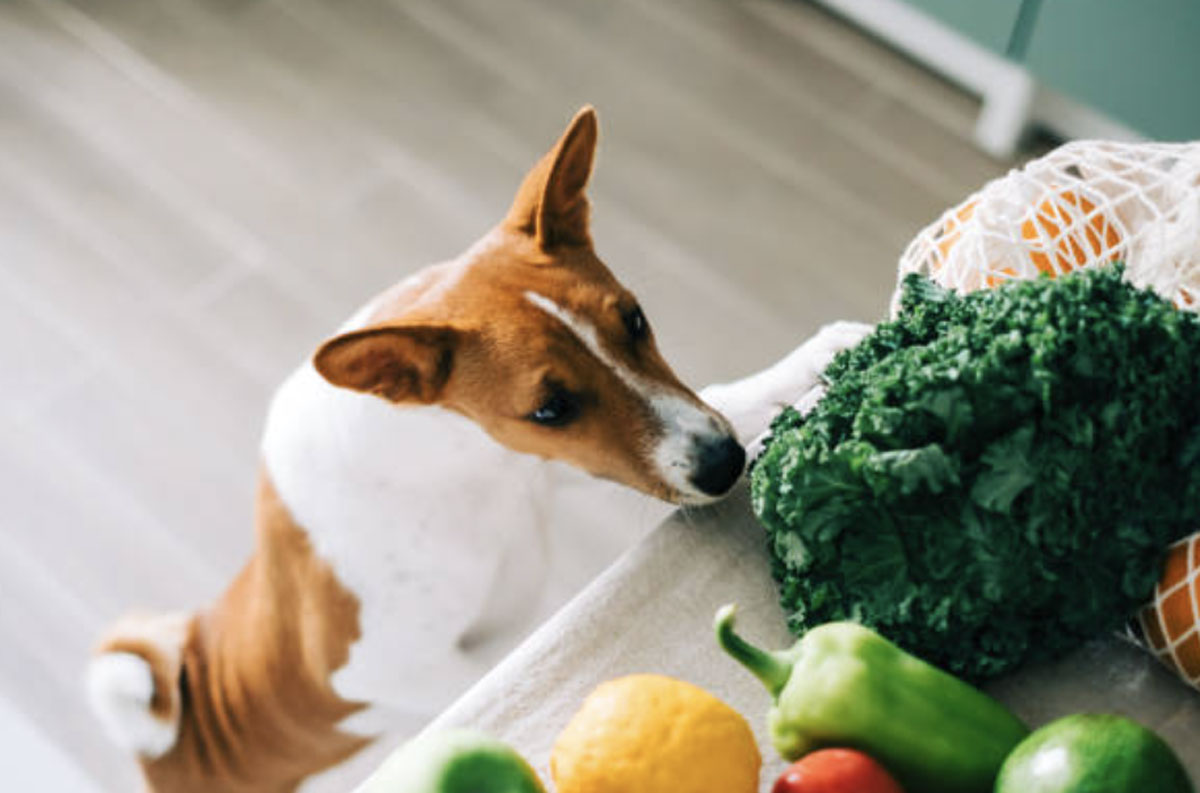
Source: Istock
That is irrefutable evidence that pets cannot break down vegetables well. That is not to say vegetables don’t play an important role in regulating stool formation and gut microbiome (i.e. prebiotics). Simply speaking, vegetables are a great source of fibre but are not a bioavailable source of nutrition. Most of the often-quoted vitamin and phytonutrient content in vegetables cannot be extracted by your pets’ digestive enzymes.
The NRC (National Research Council) recommends a safe upper limit of vegetable inclusion of no more than 8-10% of daily calorie intake. Excessive vegetable feeding can lead to bloat, loose stools, Irritable Bowel Syndrome, or even a compromised immune system. There is no such thing as a one-size-fits-all feeding model.
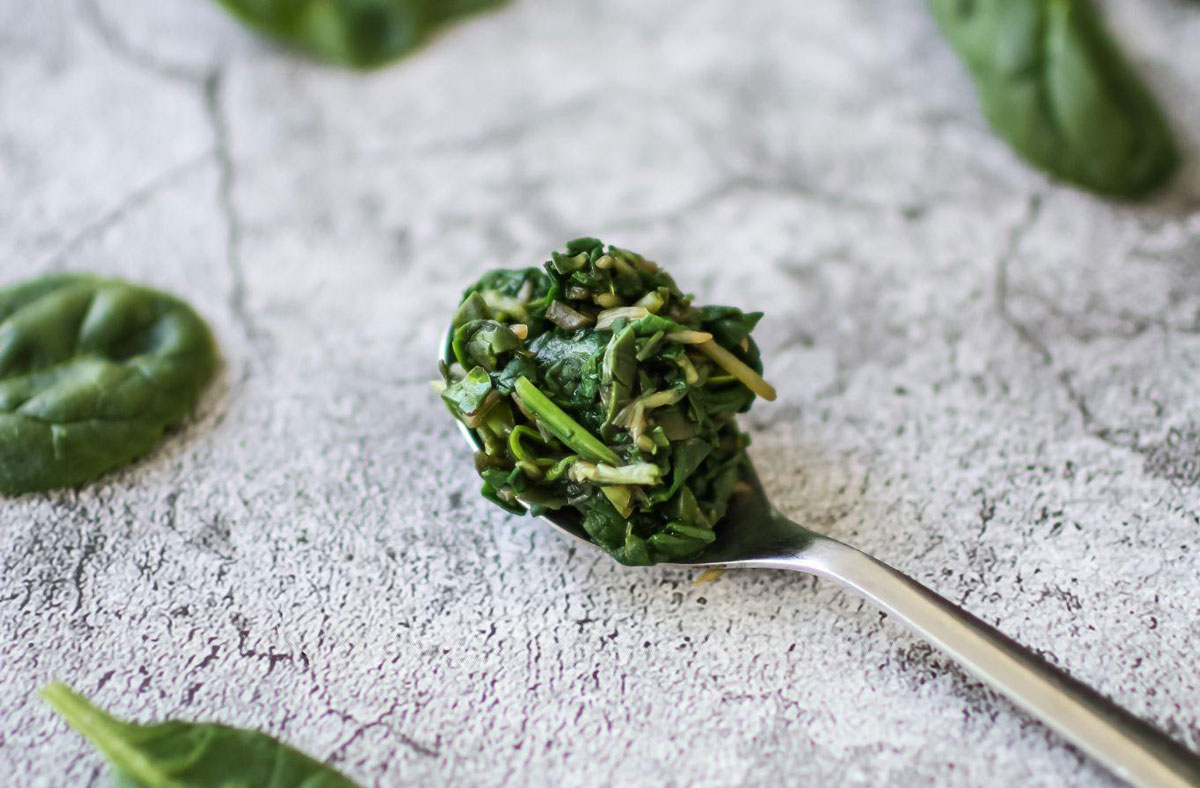
While some pets need very little fibre to have regular bowel movements and optimal stool quality, some require more (but within a reasonable range). BOM BOM’s research has shown that if vegetable content exceeds 6% of meal content, the benefits of feeding vegetables begin to be outweighed by the drawbacks.
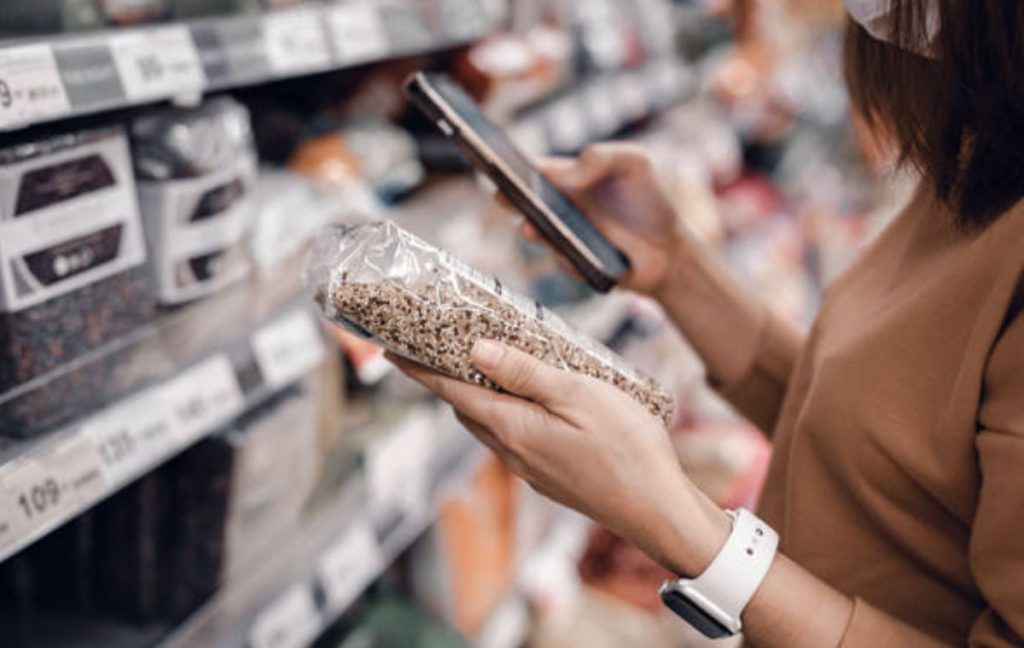
Source: Istock
Every pet food manufacturer states their vegetable/fibre content so a quick check on the meal packaging’s ingredient analysis would reveal if too much plant matter is being fed. Then it comes to the matter of what kind of vegetables you could feed and what purpose they serve.
From a dietary standpoint, vegetables should be perceived as fibre and not as a source of vitamins or minerals per se.
By its very definition, “fibre” is plant matter that is resistant to digestion and hence, phytonutrients within vegetables are relatively inaccessible i.e. not bioavailable. Fibre can be further sub-categorised as insoluble fibre and soluble fibre. Insoluble fibre can help with keeping your pet regular whereas soluble fibre helps with stool formation and gut microbiome rebalancing (since its fermentable nature can yield important food (prebiotics) for beneficial gut bacteria).
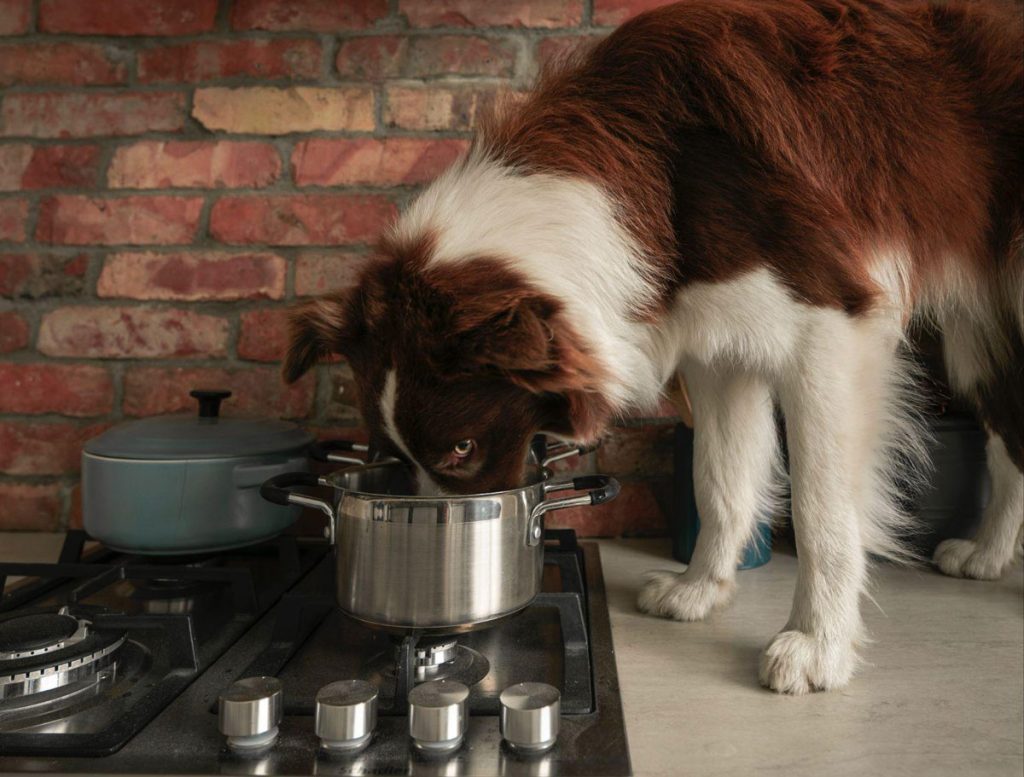
Source: Pexels
To help make vegetables a little easier to digest for our pets, boiling and mashing it helps to free up some of those phytonutrients that would otherwise be locked up in that plant cell structure. However, it’s also worth noting that cooking vegetables can destroy the very heat-sensitive vitamins and pigments that we are after.
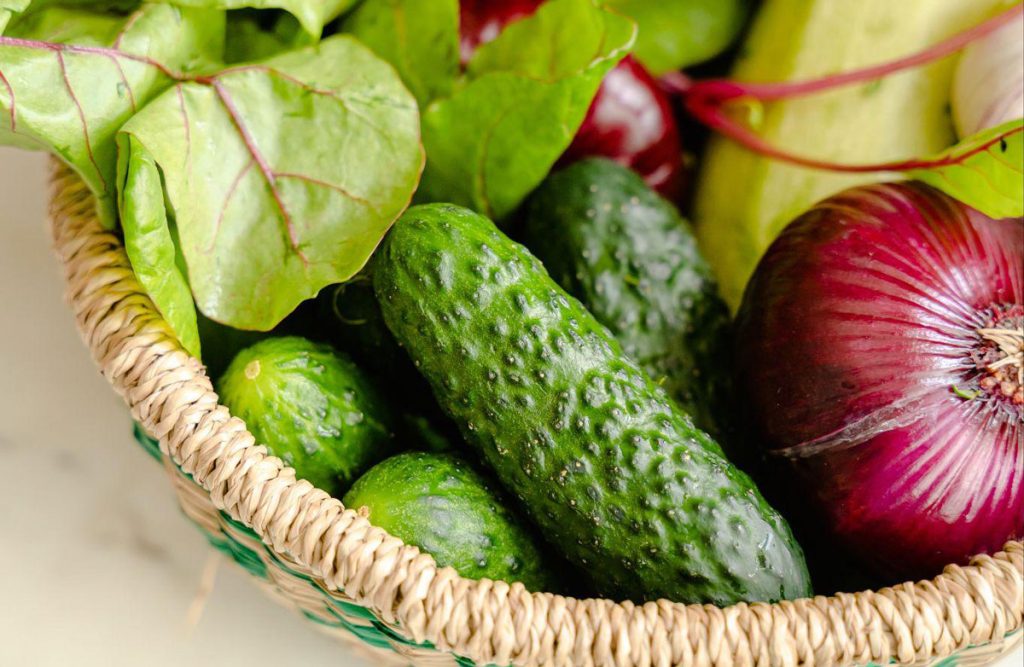
Source: Pexels
You may have also read that some vegetables are rich in iron (spinach and other leafy greens), vitamin K (kale), omega 3 (flaxseed or other seed oils), and vitamin A (carrots) but not all nutrition is made equal. The iron found in vegetables is non-heme iron which is not well utilised by our furkids’ bodies compared to heme-iron which can only be found in animal products (e.g. red meats or offals). Vitamin K found in vegetables is of the K1 variant and is usually less bioavailable than the K2 variant (more commonly found in fermented products such as kefir and animal organs).
The omega-3 in plants is ALA (alpha-linolenic acid) which is only about 20-30% bioavailable compared to DHA & EPA (found in grass-fed and marine animals) which is about 70-80% bioavailable And the ubiquitous carrot found in so many pets’ meals, has vitamin A in beta-carotene form (giving that characteristic orange colour), compared to the retinol form which is 4-5x more bioavailable and abundant in organ meats. Not to mention, plants have anti-nutrients such as phytic acid or oxalates that can even block mineral (such as iron, zinc or copper) absorption; or give rise to more problematic health conditions such as kidney or bladder stones or UTI.
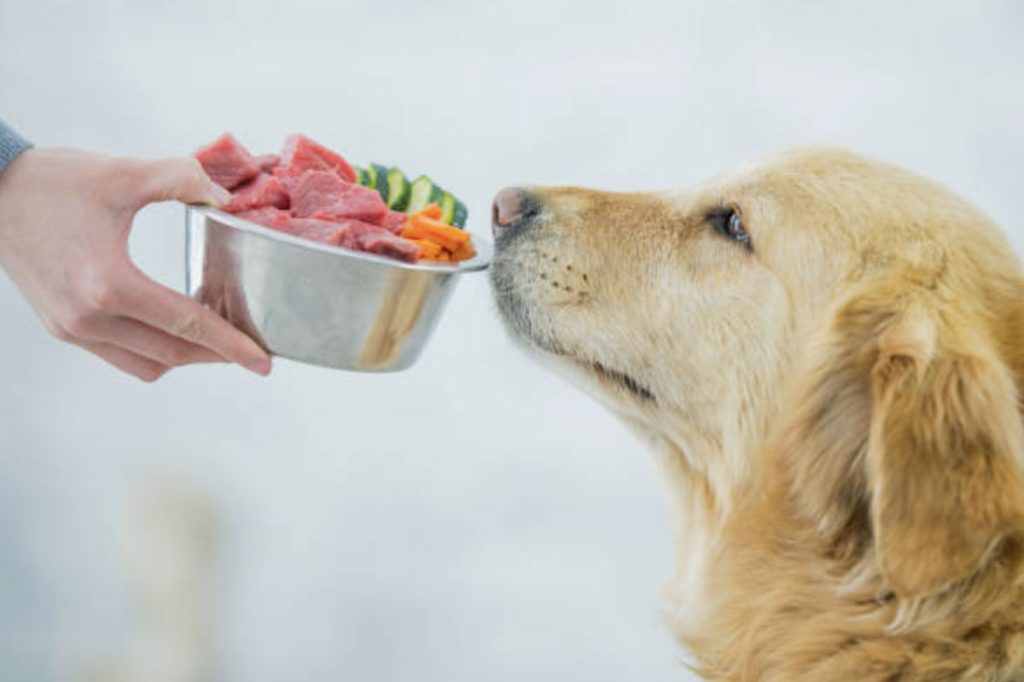
Source: Istock
Vegetables come in all shapes and sizes: leafy greens, tubers, starchy vegetables, herbs, spices, microgreens/sprouts, cruciferous etc. What may seem perfectly edible and safe for humans may not be so suitable for our pets. While a cursory browse on the Internet could be a useful check for consumption safety, there are some ingredients that still divide opinion: garlic, avocados, high-fructose-fruits, and nuts. If in doubt, always seek professional advice from an established nutritionist who understands animal digestive requirements with food science knowledge and first-hand laboratory research experience.
This article is written by the BOM BOM Nutrition Team, drawing from their expertise and insights.
Click Here for their Website.

